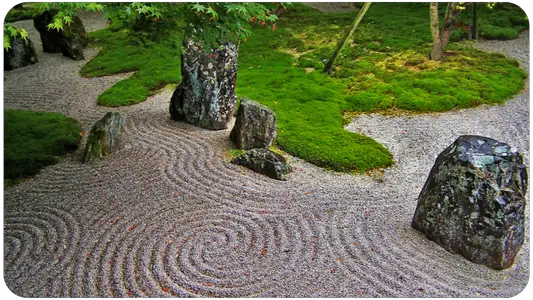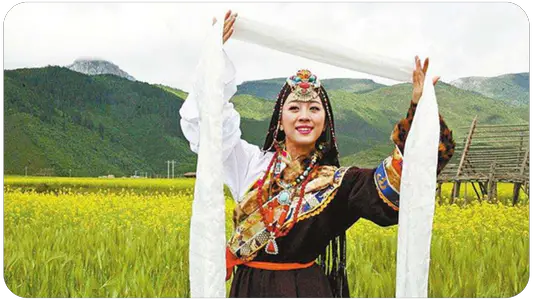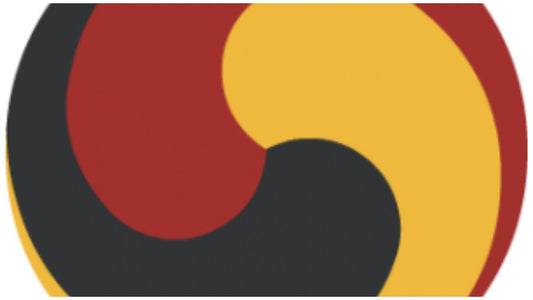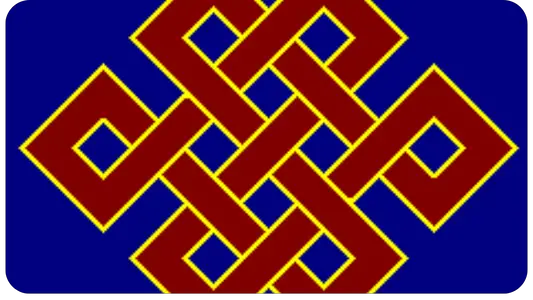A thangka, also called Tangka, Thanka or Tanka (pronunciation: tänkä -the "a" as in English, the "g" is silent-) (Tibetan: ཐང་ཀ་, Nepal Bhasa: पौभा) is a Buddhist tapestry or flag, made of painted or embroidered silk. It is usually hung in monasteries or family altars and occasionally carried by monks in religious ceremonial processions.
Etymology
In Tibetan the word 'than' means flat and the suffix 'ka' means painting. The thangka is thus a type of painting made on a flat surface, which can be rolled. The most common format of the thangka is rectangular in shape with its longest axis vertical. It can be paragonized as a Christian cross or icon.
History
Originally, thangka paintings became popular with itinerant monks as the scroll paintings were easy to transport from monastery to monastery. These thangka were important teaching tools, as they depicted scenes from the life of the Buddha, or various prominent Lamas, or other deities or Bodhisattva.
A popular thangka theme is The Wheel of Life, which is a visual representation of the teachings of the Abhidharma (or Art of Enlightenment).
While for some people these are just colorful tapestries, for Buddhists, these Tibetan religious paintings possess a beauty that is interpreted as a manifestation of certain enlightened energies, and are therefore visually stimulating.





